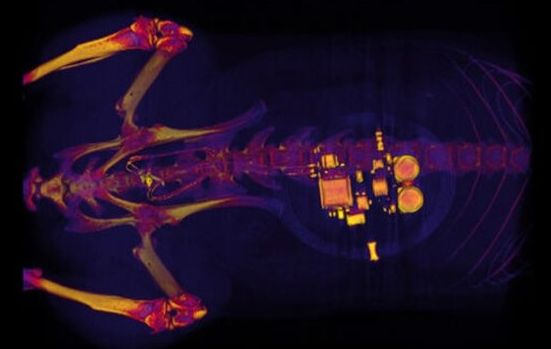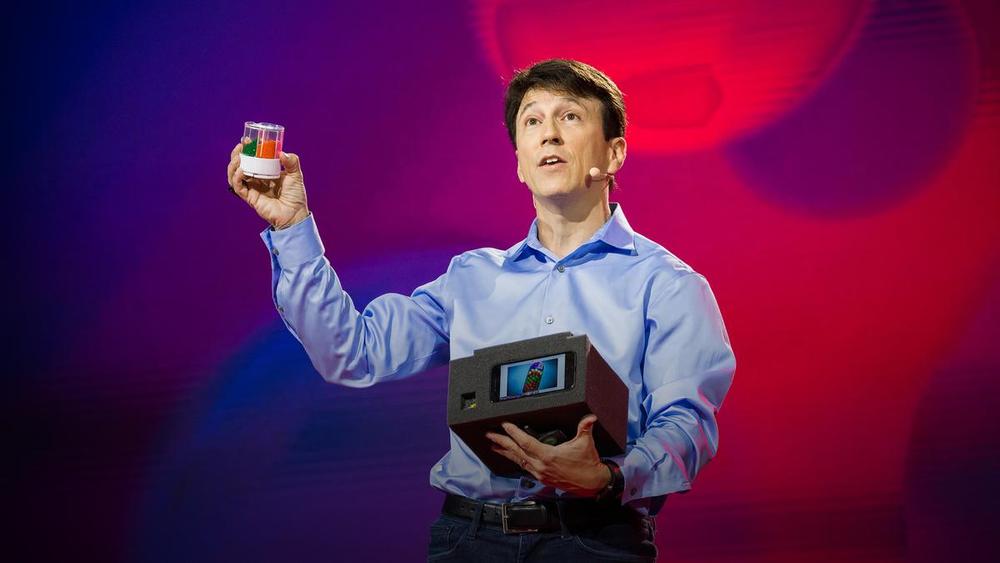Humanity is under threat. At least according to Sir Martin Rees, one of Britain’s most esteemed astronomers.
These two kinds of technologies enable just a few people to have a hugely wide-ranging and maybe even global cascading effect. This leads to big problems of governance because you’d like to regulate the use of these things, but enforcing regulations worldwide is very, very difficult. Think how hopeless it is to enforce the drug laws globally or the tax laws globally. To actually ensure that no one misuses these new technologies is just as difficult. I worry that we are going to have to minimize this risk by actions which lead to a great tension between privacy, liberty and security.
Do you see ways that we can use and develop these technologies in a responsible way?
We’ve got to try. We can’t put the genie back in the bottle. We’ve just got to make sure that we can derive benefits and minimize risks. When I say we have a bumpy ride, I think it is hard to imagine that there won’t be occasions when there are quite serious disruptions caused by either error or by design using these new powerful technologies.








